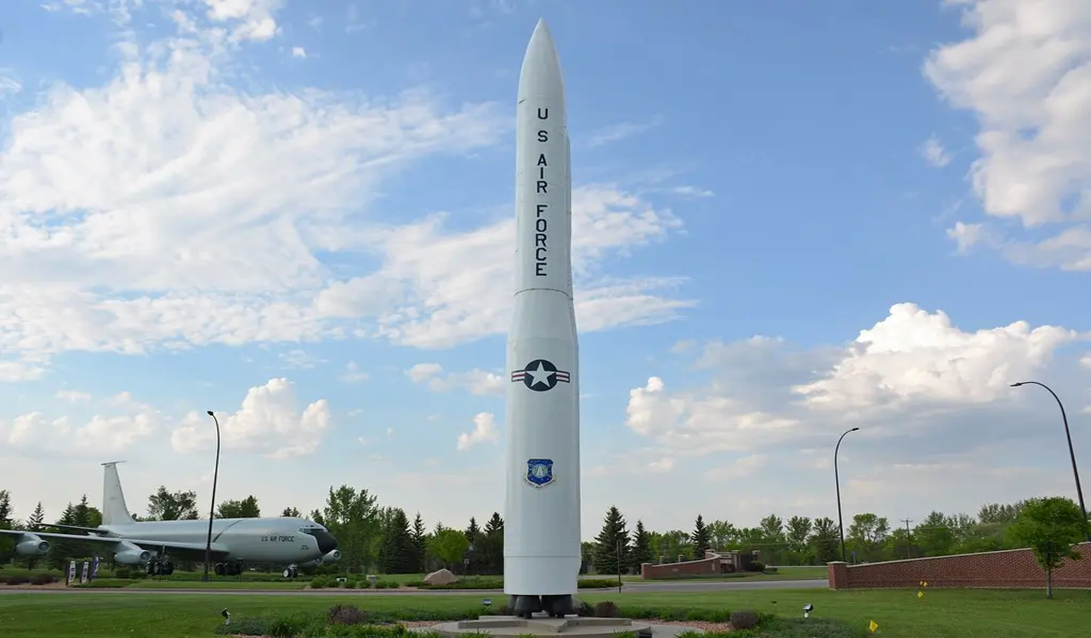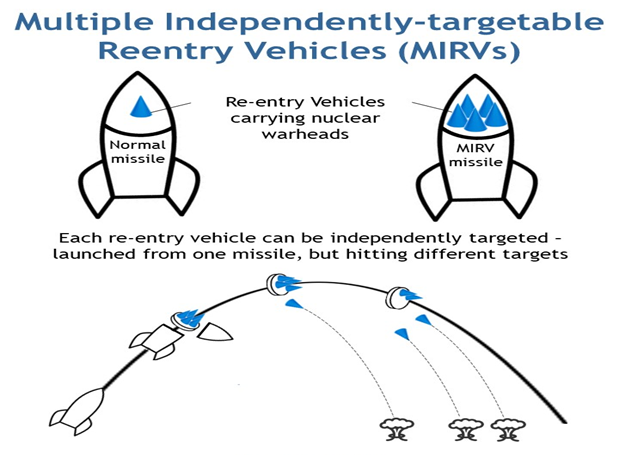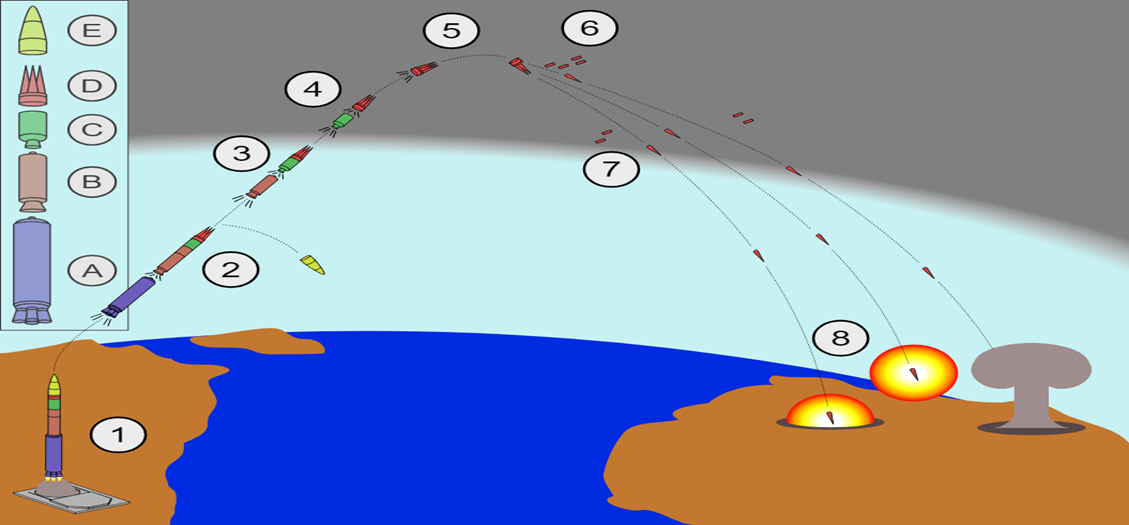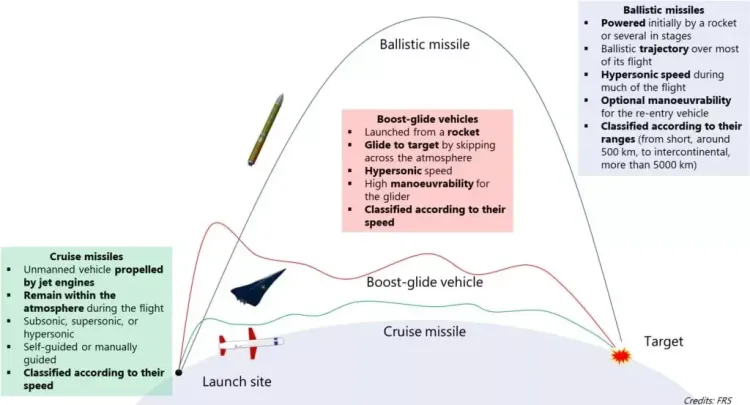- Courses
- GS Full Course 1 Year
- GS Full Course 2 Year
- GS Full Course 3 Year
- GS Full Course Till Selection
- Answer Alpha: Mains 2025 Mentorship
- MEP (Mains Enrichment Programme) Data, Facts
- Essay Target – 150+ Marks
- Online Program
- GS Recorded Course
- Polity
- Geography
- Economy
- Ancient, Medieval and Art & Culture AMAC
- Modern India, Post Independence & World History
- Environment
- Governance
- Science & Technology
- International Relations and Internal Security
- Disaster Management
- Ethics
- NCERT Current Affairs
- Indian Society and Social Issue
- NCERT- Science and Technology
- NCERT - Geography
- NCERT - Ancient History
- NCERT- World History
- NCERT Modern History
- CSAT
- 5 LAYERED ARJUNA Mentorship
- Public Administration Optional
- ABOUT US
- OUR TOPPERS
- TEST SERIES
- FREE STUDY MATERIAL
- VIDEOS
- CONTACT US
Minuteman III: A United States Intercontinental Ballistic Missile
Minuteman III: A United States Intercontinental Ballistic Missile
08-06-2024

The United States recently carried out an unarmed test launch of the Minuteman III intercontinental ballistic missile at the Vandenberg Space Force Base in California, showcasing its continued relevance in the nuclear triad.
About the Minuteman III:
-
Background and Deployment:
- The LGM-30G Minuteman III, designed and manufactured by Boeing Corporation, was first deployed in the 1960s.
- It serves as the sole land-based component of the U.S. nuclear triad, ensuring a diversified approach to nuclear deterrence.
-
Designed for Longevity:
- Initially intended for a 10-year service period, the Minuteman III has been continuously modernised to maintain its effectiveness.
- Its replacement, known as the Ground-Based Strategic Deterrent (GBSD), is anticipated to become operational in 2029.
-
Introducing MIRVs:
- The Minuteman III was the first U.S. missile equipped with multiple independently targetable reentry vehicles (MIRVs), enhancing its precision and destructive potential.

-
Current Arsenal:
- The United States arsenal currently holds an estimated 440 Minuteman III missiles, contributing to its nuclear capability.
-
Key Features:
- The missile is a solid-fueled, three-stage launch system, standing 18.2 meters long with a diameter of 1.85 meters and a launch weight of 34,467 kilograms.
- It has an impressive range of 13,000 kilometres and can carry a payload of three reentry vehicles.
-
Arms Control Considerations:
- Pursuant to arms control agreements between the United States and Russia, the Minuteman III now carries a single nuclear warhead,
- It is reflecting the reduction in nuclear arsenals.
-
Enhanced Capabilities:
- The Minuteman III is known for its rapid launch time, providing a swift response in critical situations.
- It exhibits nearly 100 percent testing reliability, ensuring its operational readiness.
- Backup airborne launch controllers are in place to preserve retaliatory capabilities, further strengthening its deterrence potential.
What are Ballistic Missiles?

- Ballistic missiles are rocket-propelled, self-guided weapon systems that can carry conventional or nuclear munitions.
- They are launched directly into the upper layers of the Earth's atmosphere and can travel outside the atmosphere, where the warhead separates from the missile and falls toward a predetermined target.
- Ballistic missiles can be launched from aircraft, ships, submarines, and land.
Q: What is a Cruise Missile?

- A cruise missile is a self-propelled, unmanned guided vehicle that uses aerodynamic lift to sustain flight for most of its path.
- Its main purpose is to deliver a payload to a target with high precision over long distances.
- Cruise missiles can be launched from many ground, air, sea, and submarine platforms.
- They fly at low altitudes and stay within the Earth's atmosphere throughout their trajectory.
|
Some of the best cruise missiles in service with various nations include:
- Tomahawk: Known for its long-range capabilities, accuracy, and versatility
- BrahMos: A joint venture between India and Russia, this is the fastest cruise missile in world in operation



